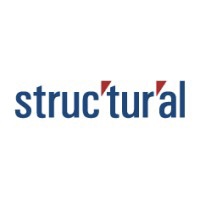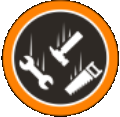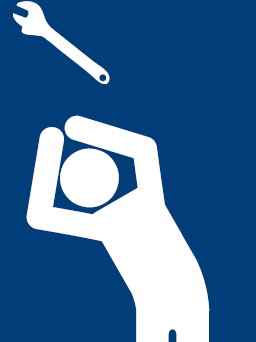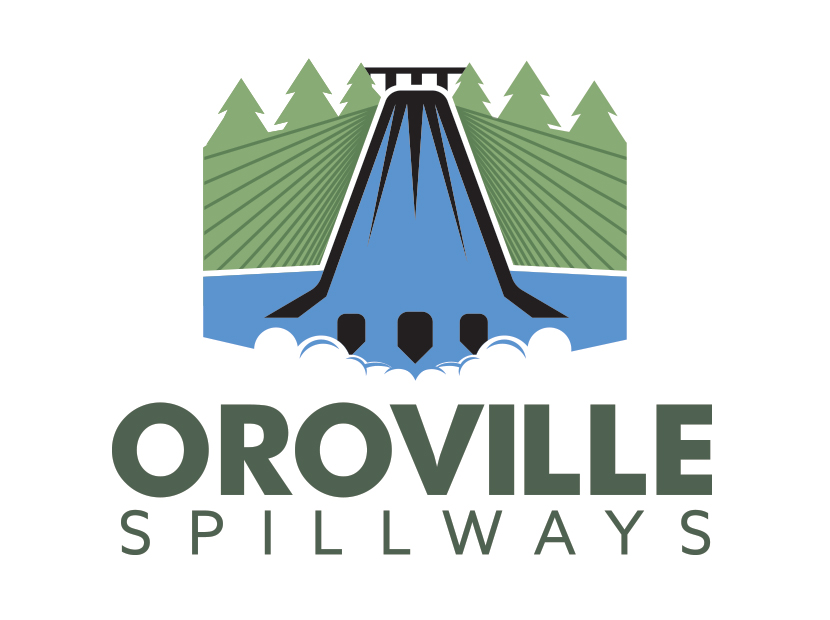Title Page
-
Site conducted
-
Conducted on
-
Prepared by
-
Location
Tools, Equipment and materials
-
Task planning has considered limiting the amount of material taken to and stored at height for the task:
-
All Tools and Equipment have been inspected for integrity (i.e., tagged, no loose parts, locking pins in place):
-
Tools and personal items (including phones/radios) have rated lanyard, holster, tether, carabiner, and/or shackle to prevent a drop from height:
-
Approved tool bags / belts / pouches are in use to minimise drops potential while using and transporting tools:
-
Tools, equipment, and materials no longer required for the task have been removed from height:
-
Pockets are secured and all PPE required for the task are securely fastened to individual:
-
Safety signage is securely fastened:
Encapsulation, Edge Protection and Coverings:
-
Encapsulation netting installed and fastened to kick board to prevent trip hazards:
-
Encapsulation netting installed and secured from floor to top rail level:
-
No objects are leaning or stored against netting:
-
Is encapsulation also required for temporary scaffold? If Yes, ensure installation as required.
-
Edge Protection (top rail, mid rail, kick plate, toe board) in place and no visible signs of damage or being incomplete:
-
Secondary containment has been considered where objects may project over the height of standard railing:
-
All holes or openings able to be penetrated by dropped objects are appropriately covered to prevent persons or objects falling through:
-
Holes or openings covered to prevent persons falling through them are sign posted correctly (i.e., Danger Hole Below):
-
Plywood or mesh is installed on working gridmesh decks:
Housekeeping:
-
Access and egress to the work area / level is clear of obstructions and trip hazards:
-
No tools, equipment, materials, or waste have been left on surfaces at height:
-
Unused tools and equipment are stored in toolboxes away from edges:
-
Smaller materials (i.e., bolts) are stored in approved bags, buckets, or tubs and away from edges:
-
Larger materials (i.e., cable tray) to be installed are stored neatly away from edges and to prevent trip hazards:
-
Waste is stored correctly and away from edges, to be removed as soon as practicable to do so:
-
A final check for ALL loose items has been conducted for the work area and objects identified have been stored or disposed of:
Barricading:
-
Adequate Drop and Exclusion Zones are installed as required per the TE2 Barricading Procedure:
-
Dropped object deflection distance taken into consideration when calculating and setting the Drop Zone:
-
Hard barricading, signage and information tags used for Drop Zones:
-
Does the required Drop Zone border or encroach on an adjacent work area / group? (refer to Supervisor if Yes)
Lifting Items to Elevated Work Areas:
-
Lifting equipment (i.e., slings, chains, shackles, bags, stillage etc) inspected, tagged, and fit for use:
-
Lifting equipment appropriately rated and not overloaded
-
Load is secure and has been checked for loose items (i.e., materials, tools, debris):
-
Personnel physically restricted by hard barricade from entering Drop Zone:
Verify Inspection
-
Verify that the work area has been inspected and confirm it is free of potential dropped objects, or that sufficient controls have been put in place to prevent dropped objects from occurring













